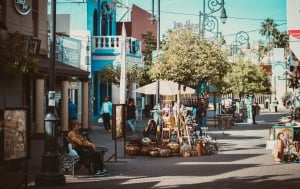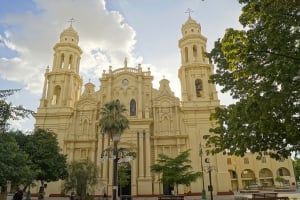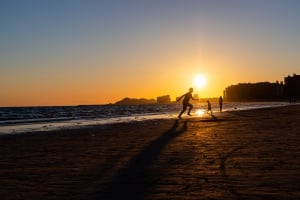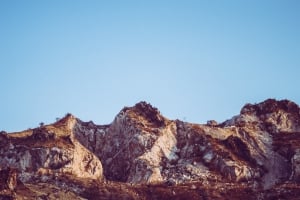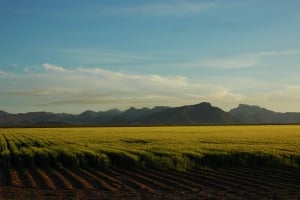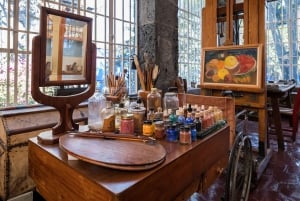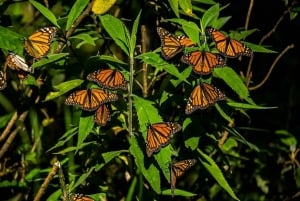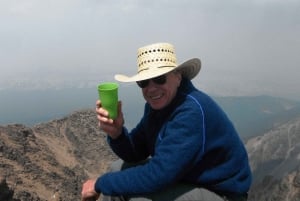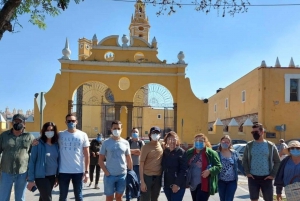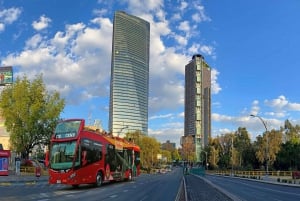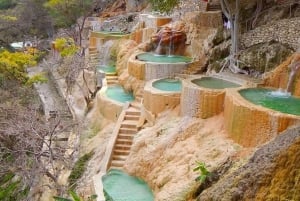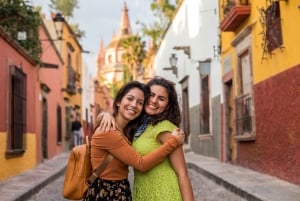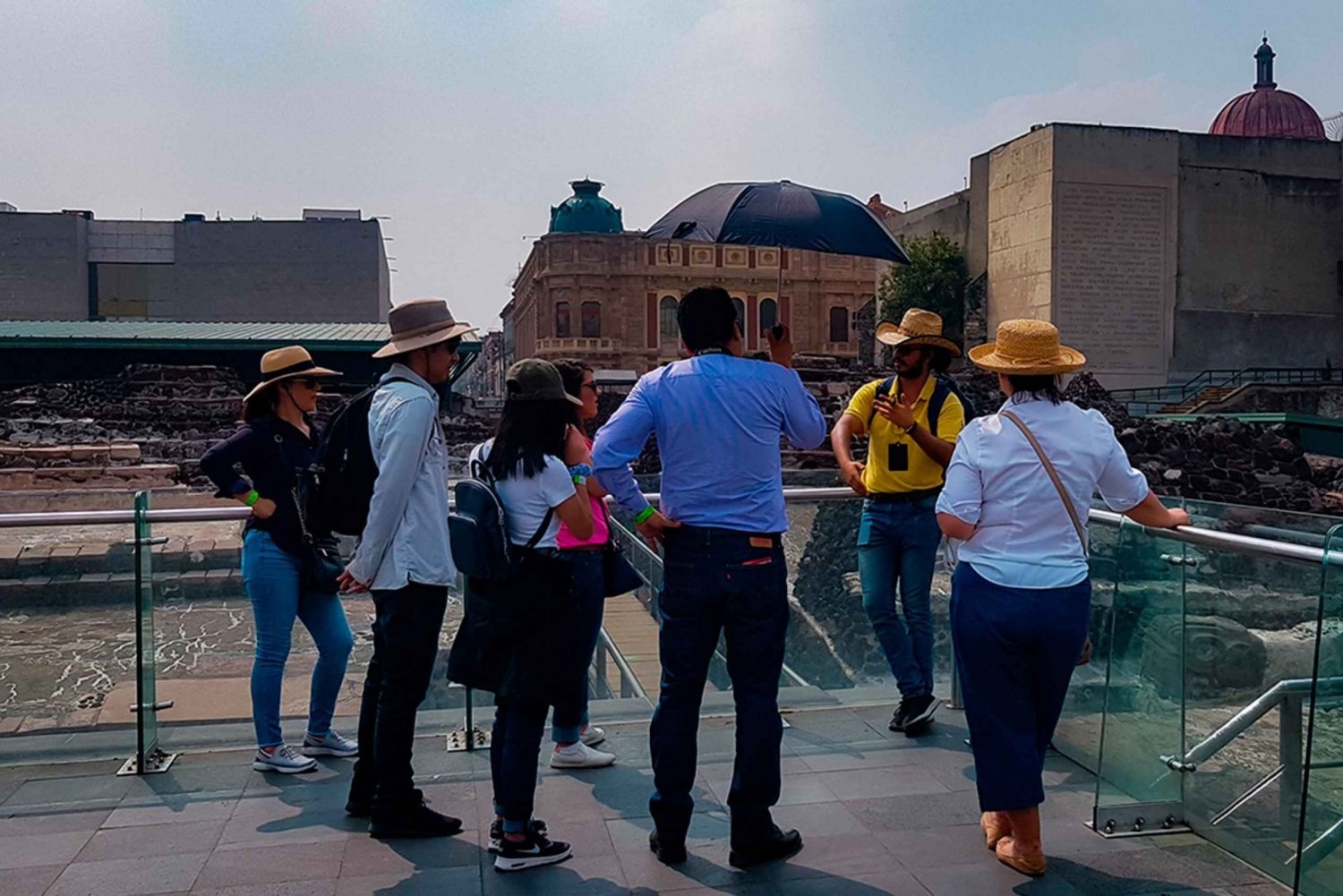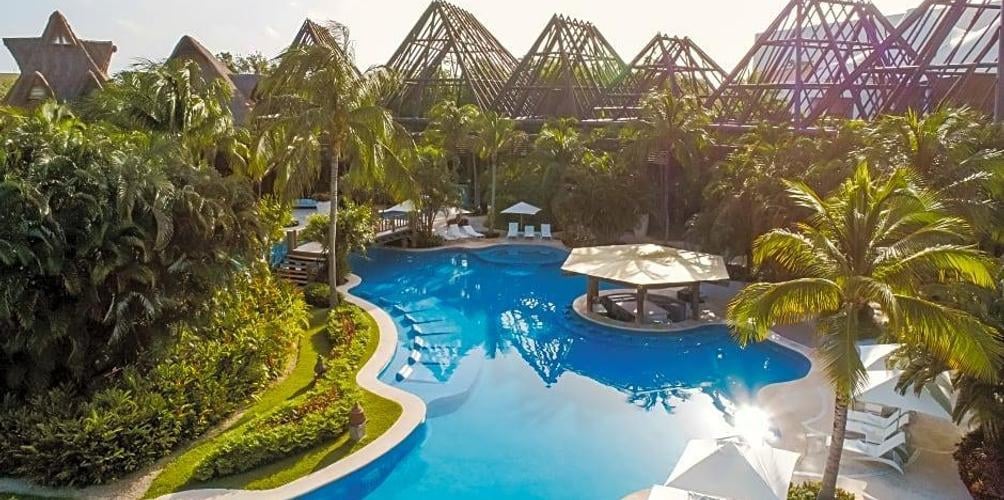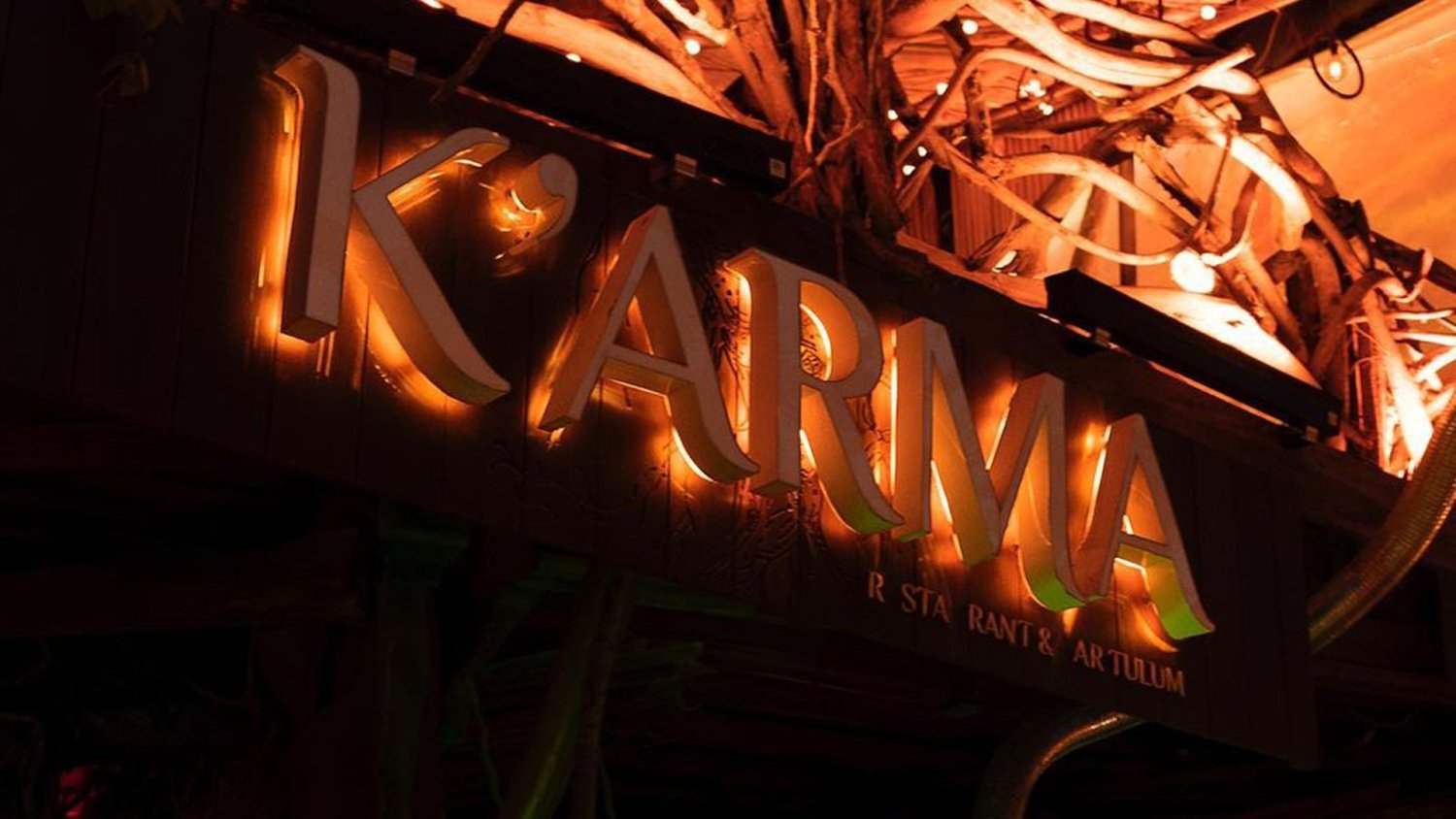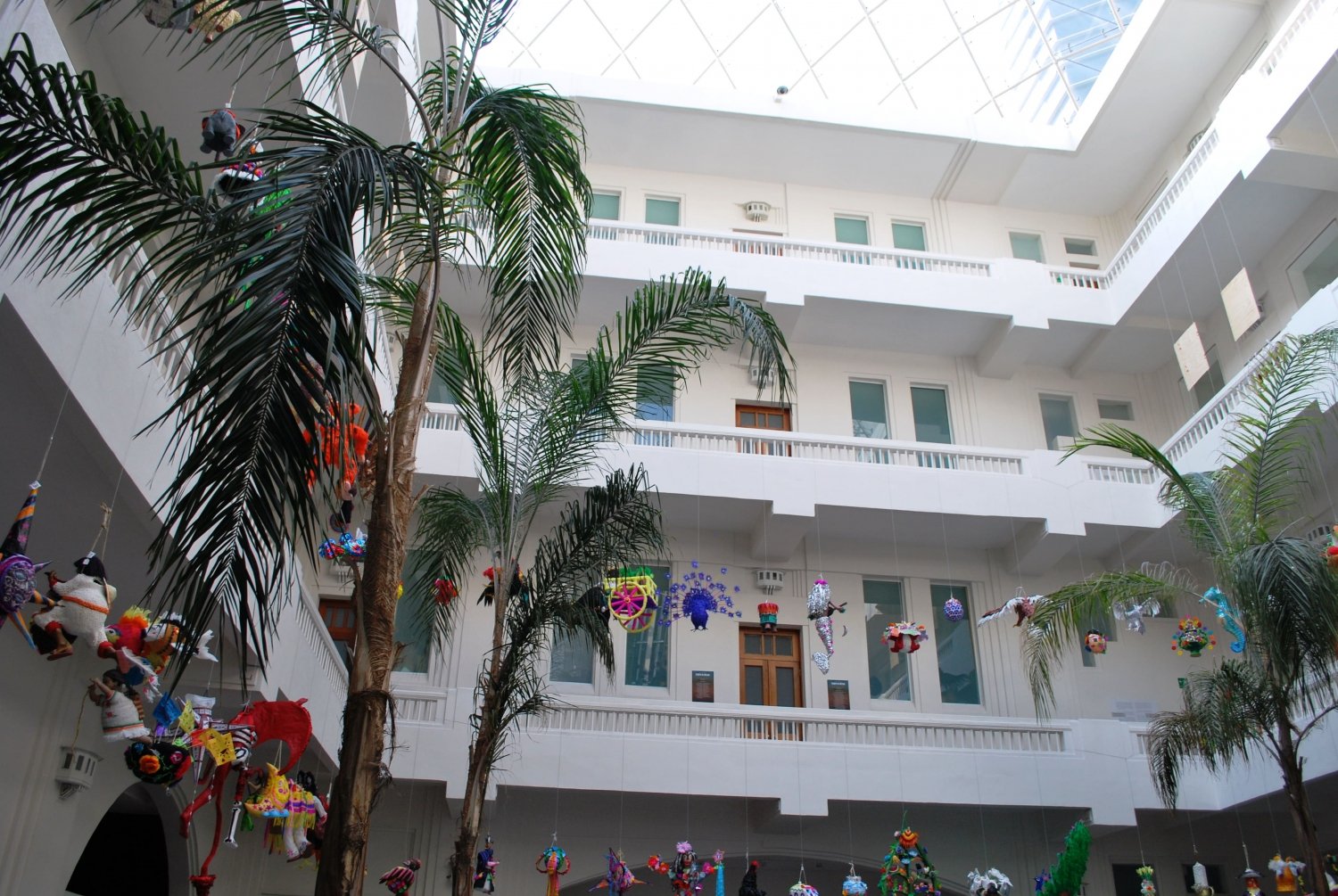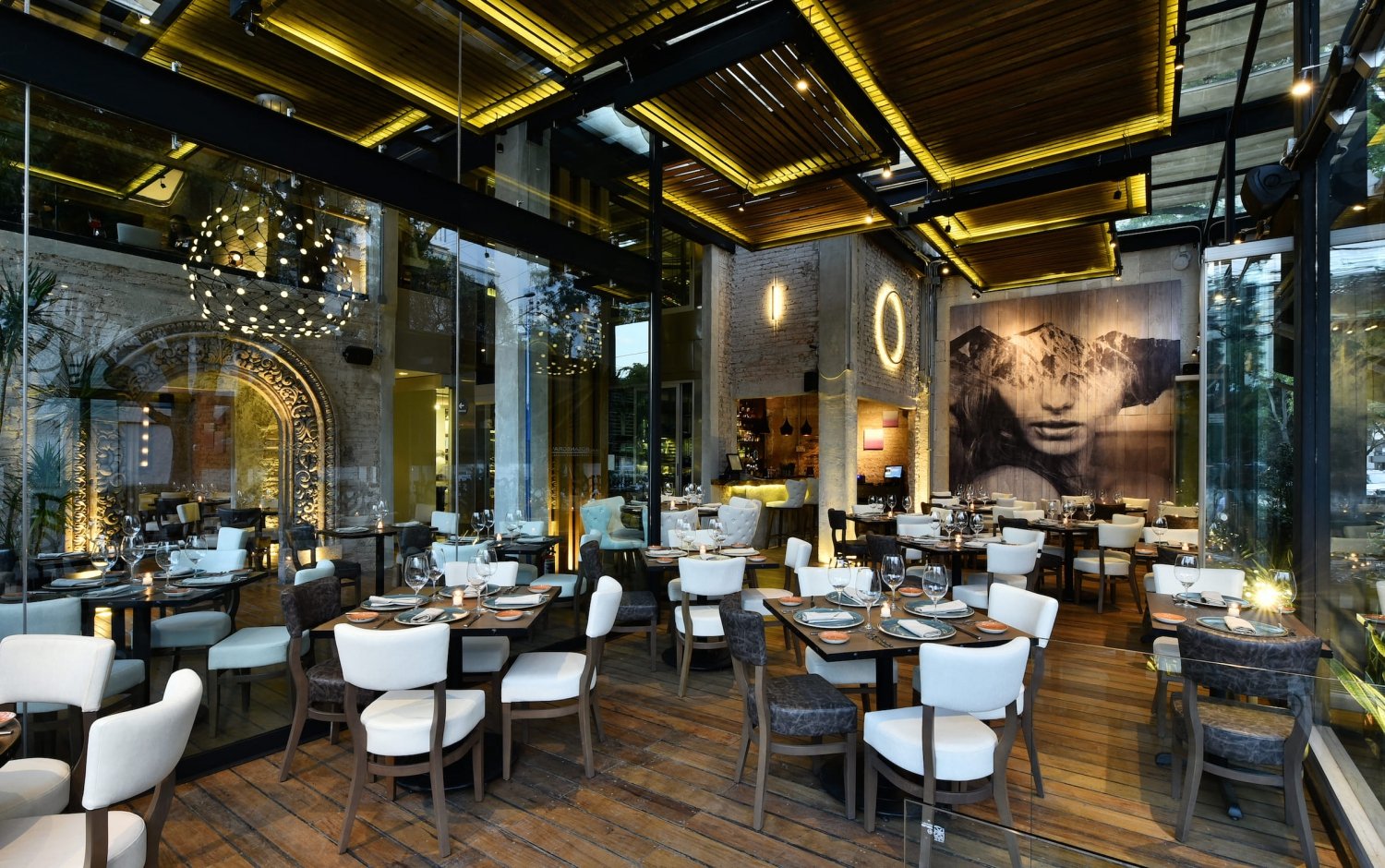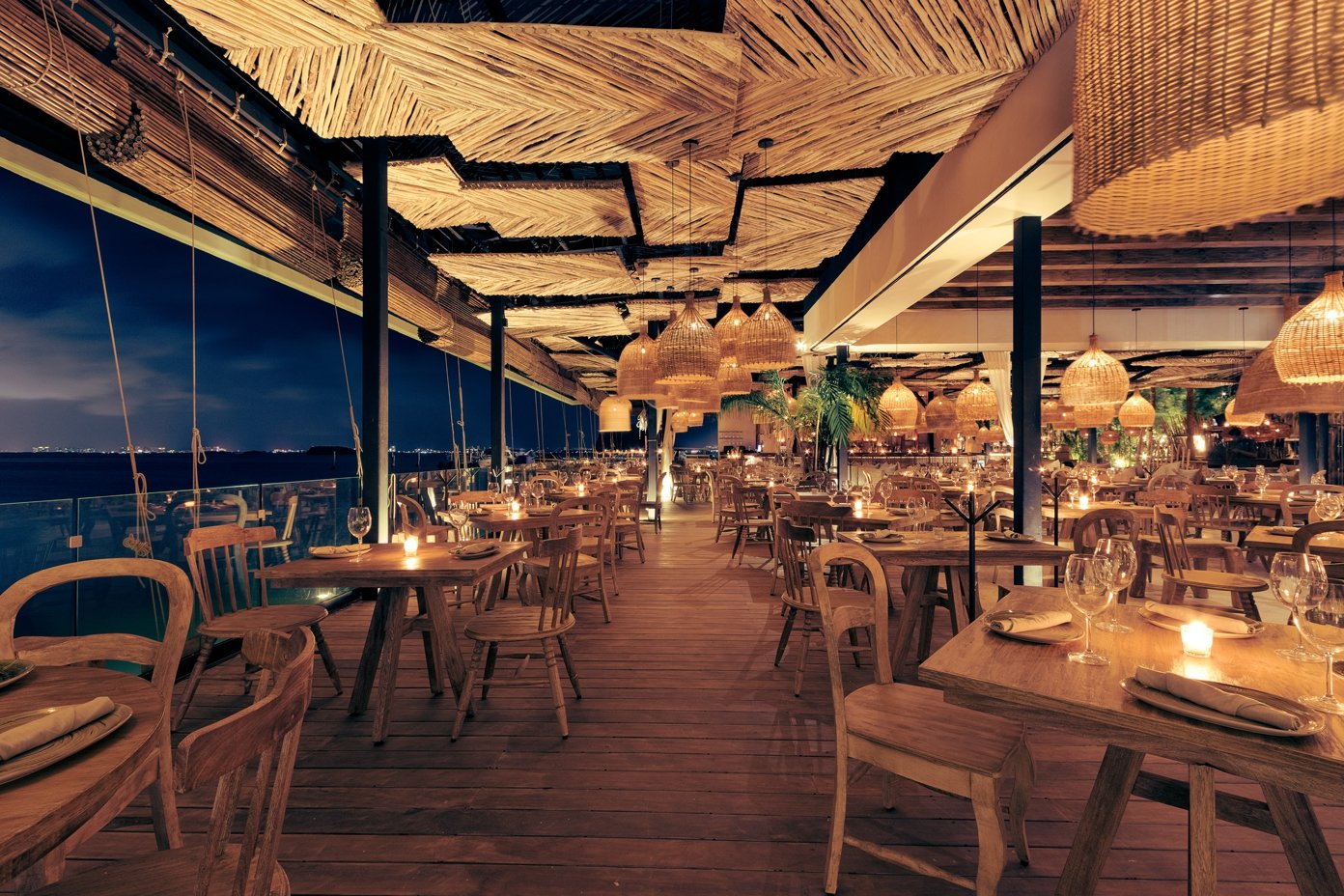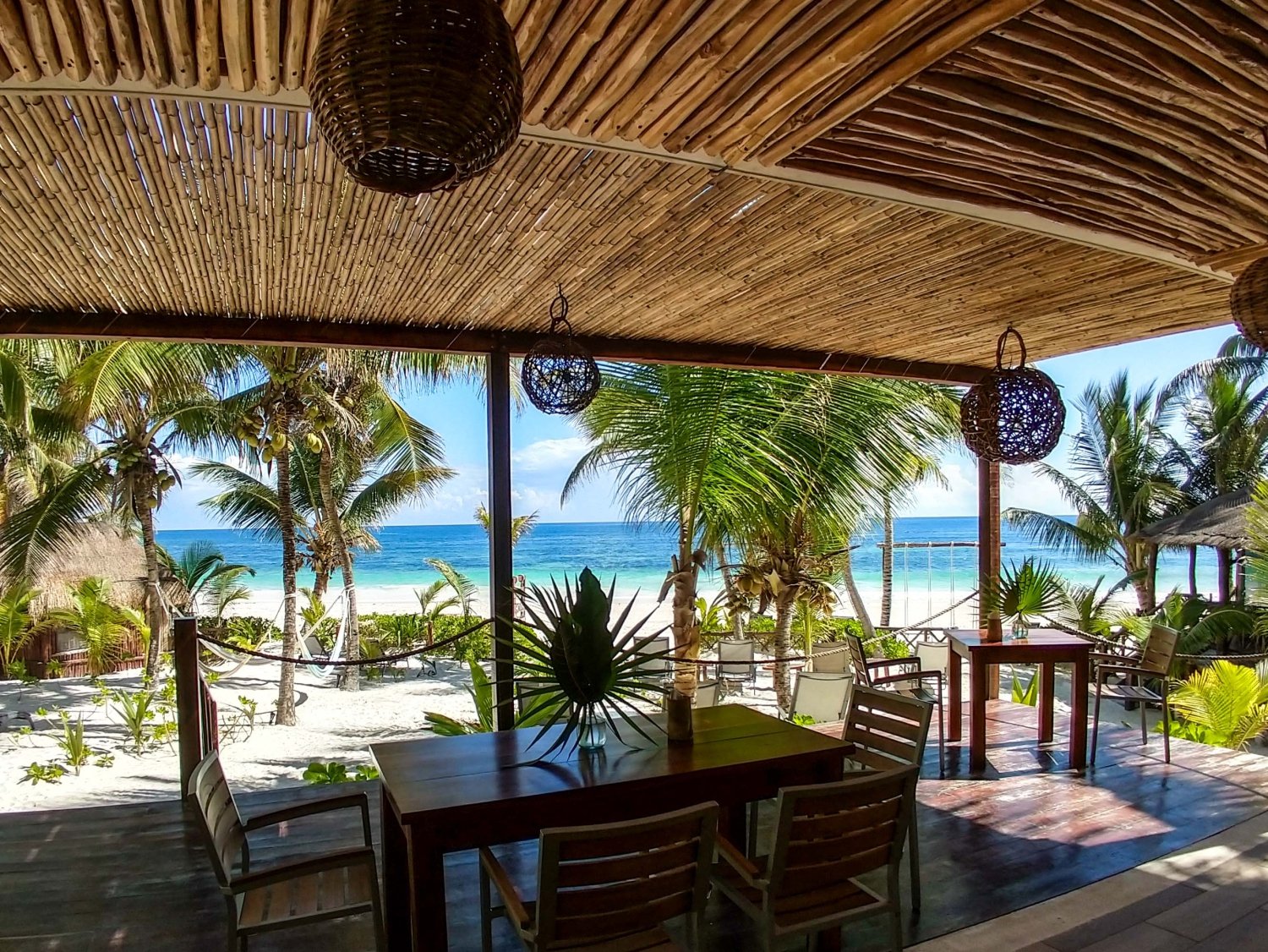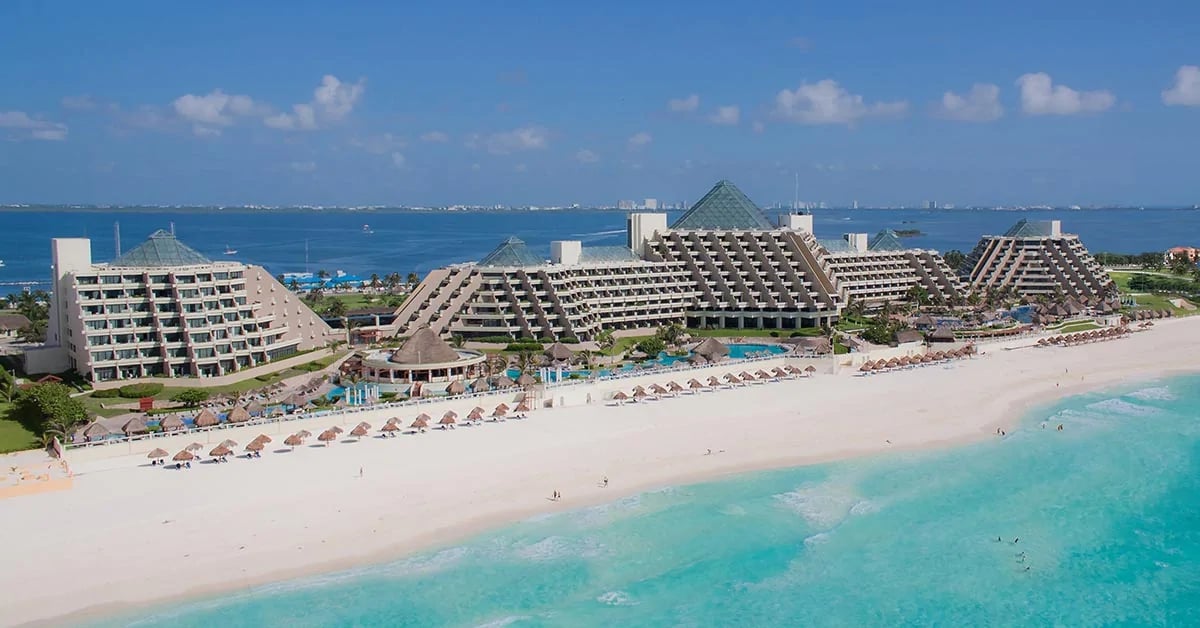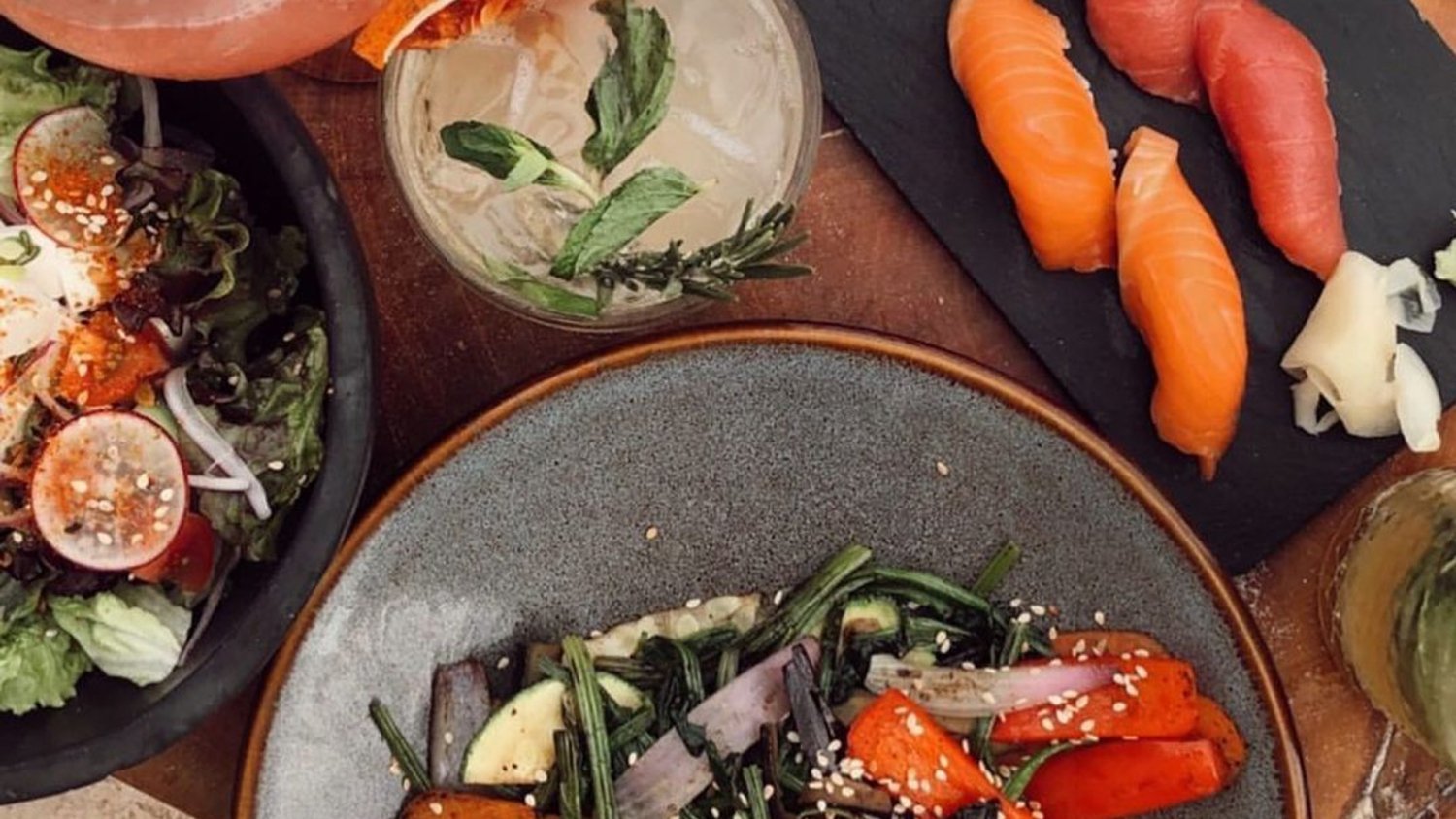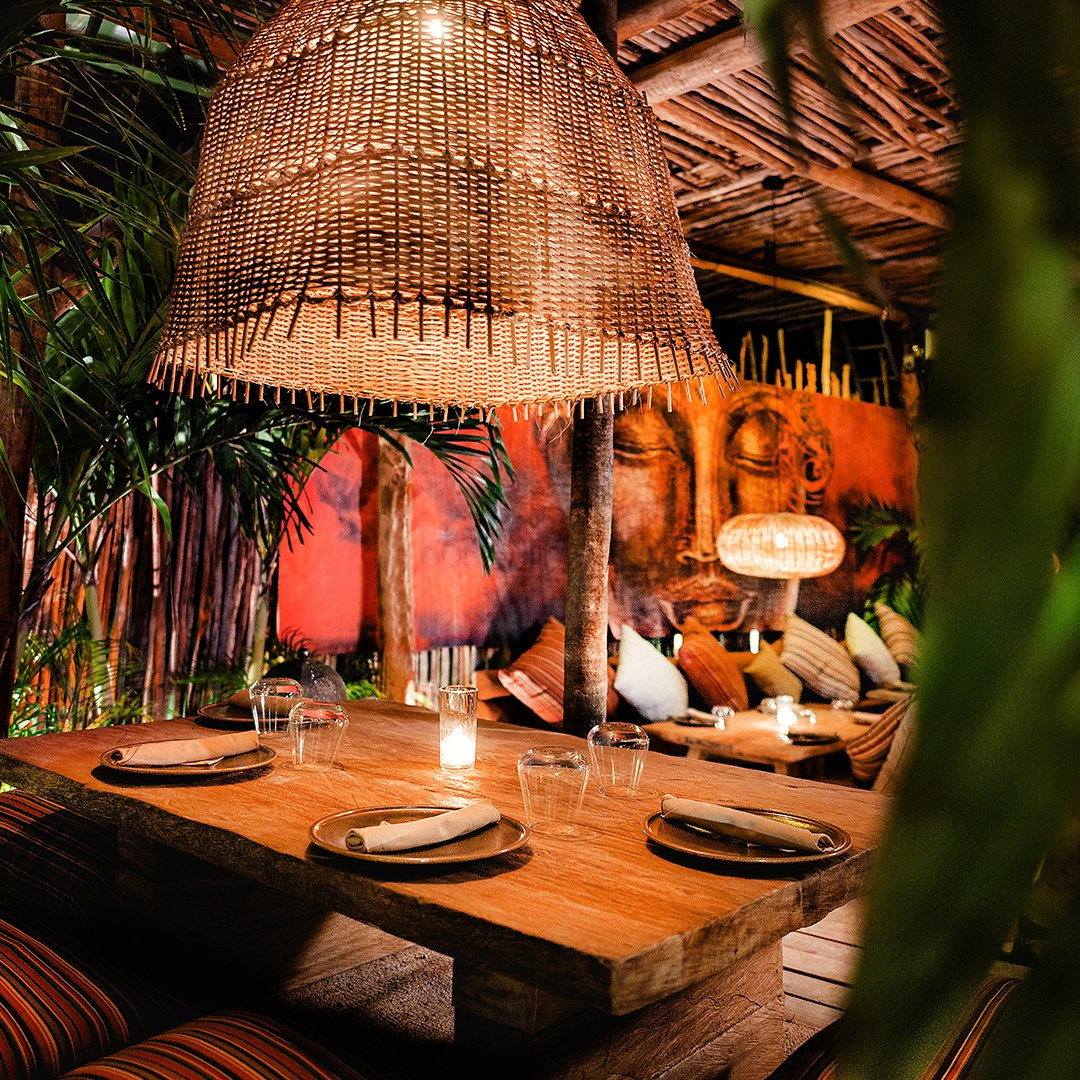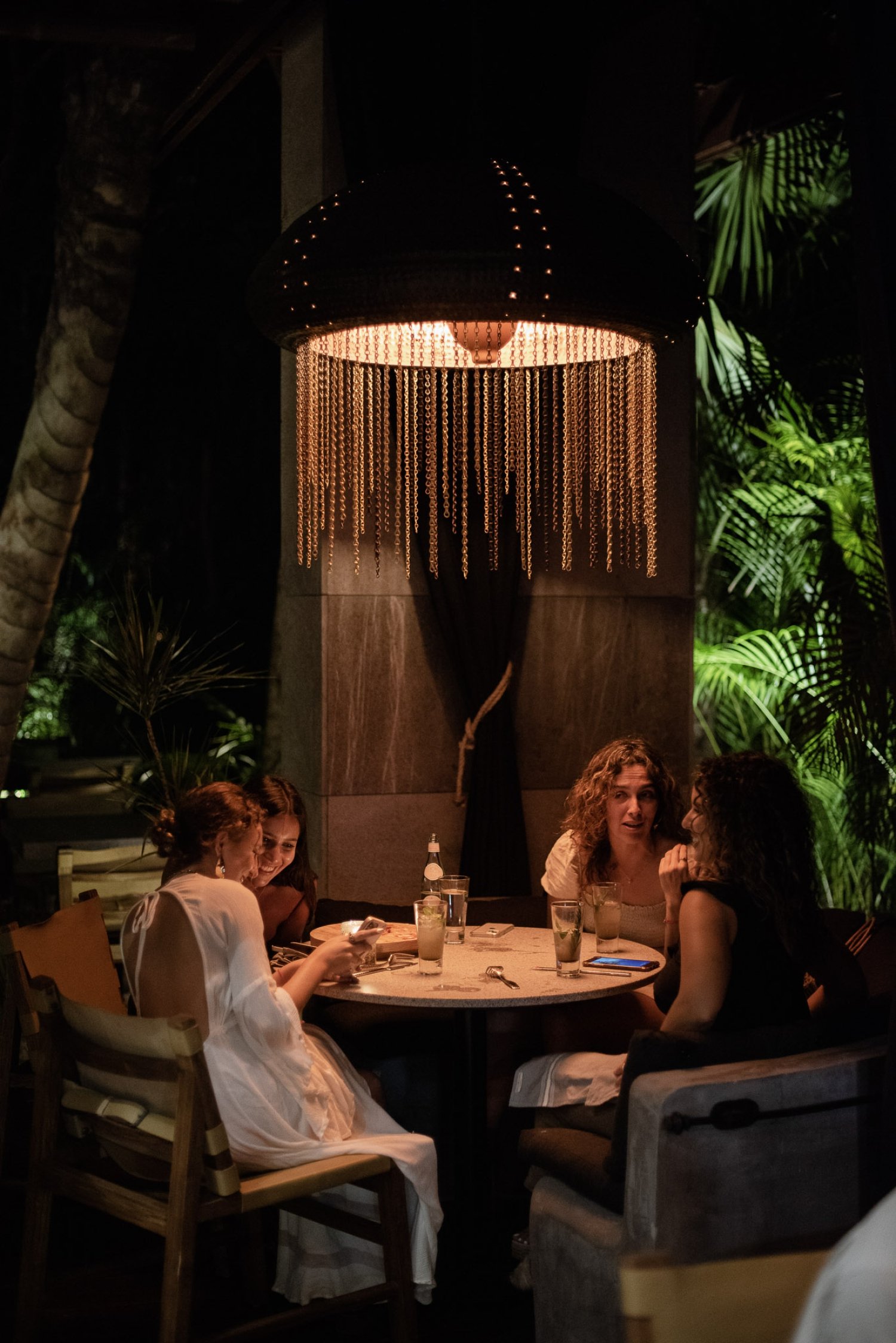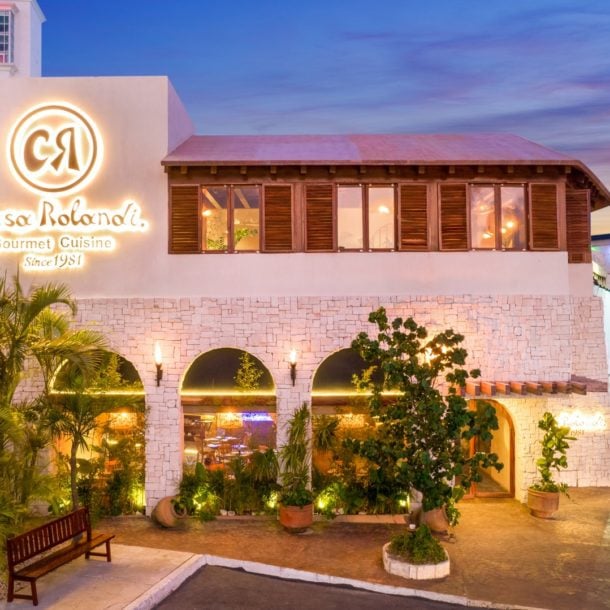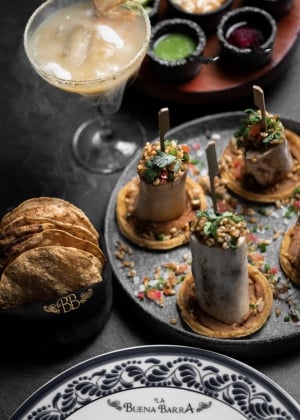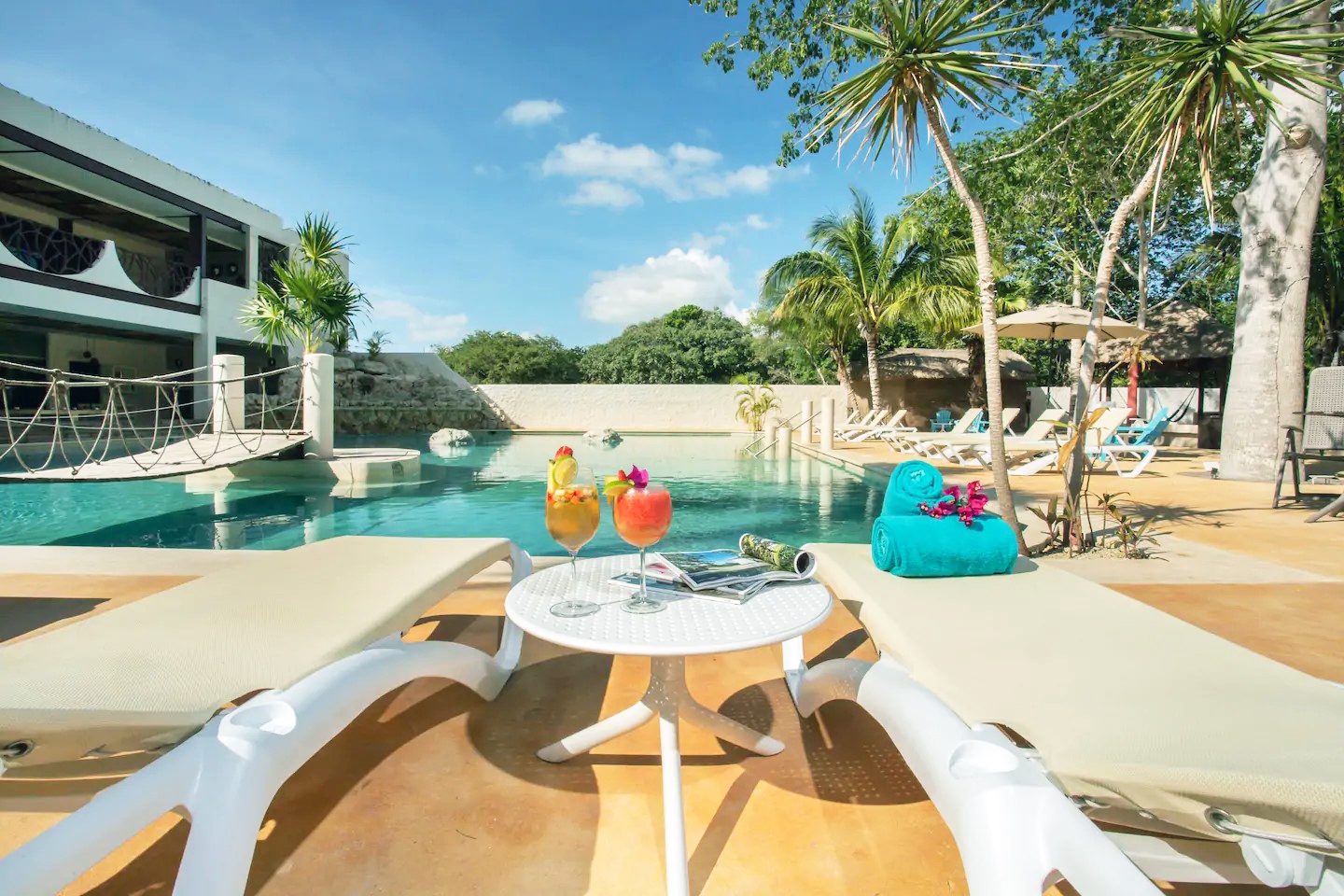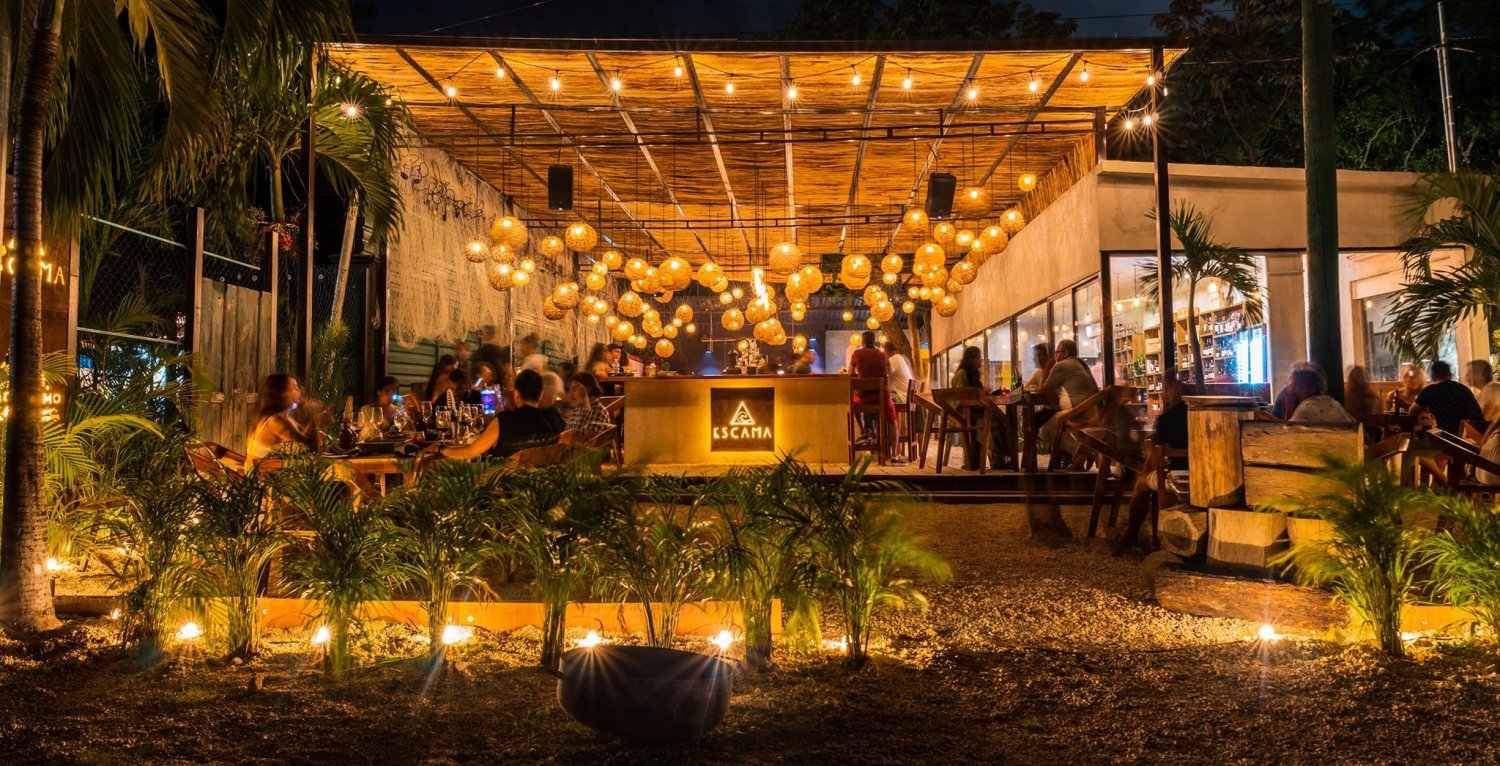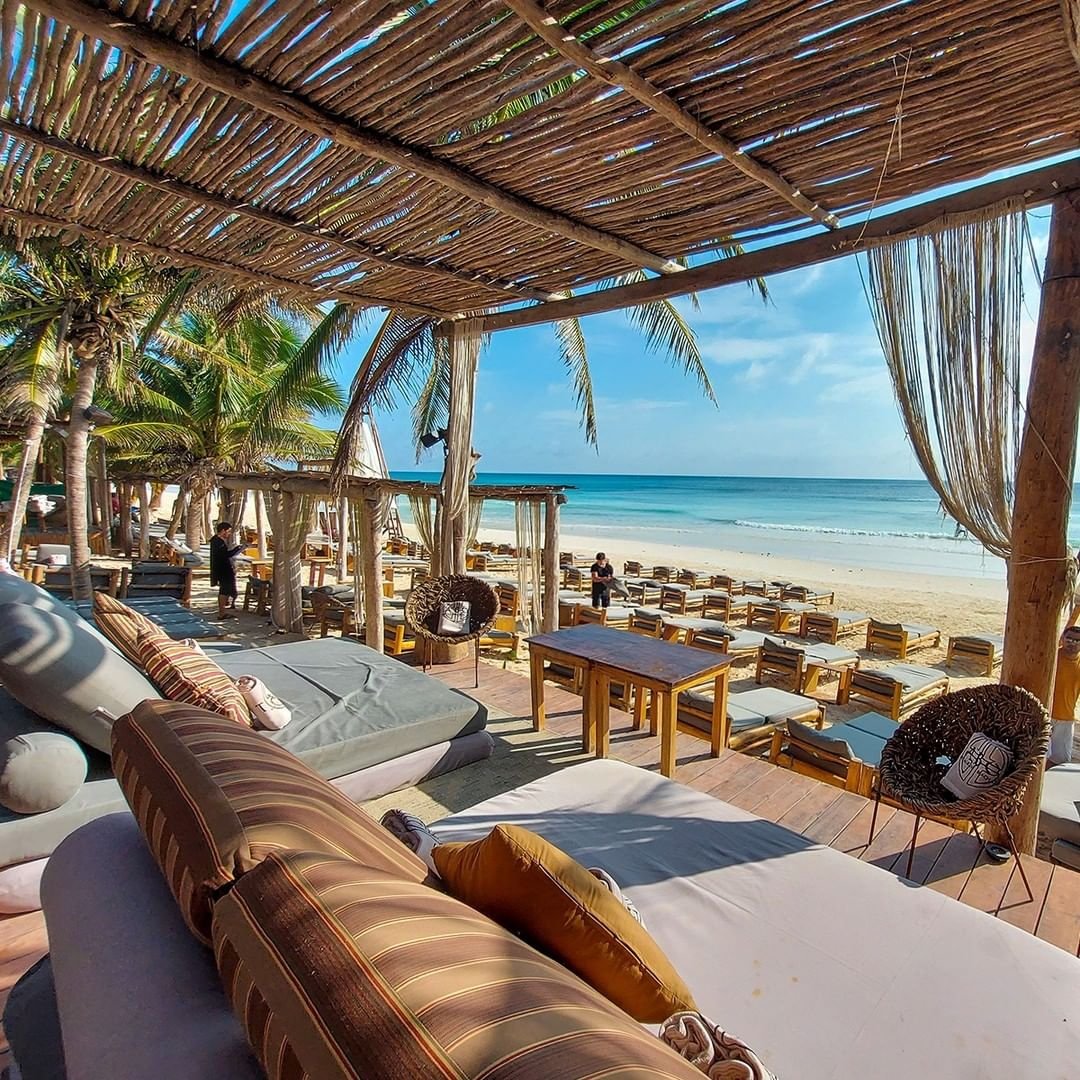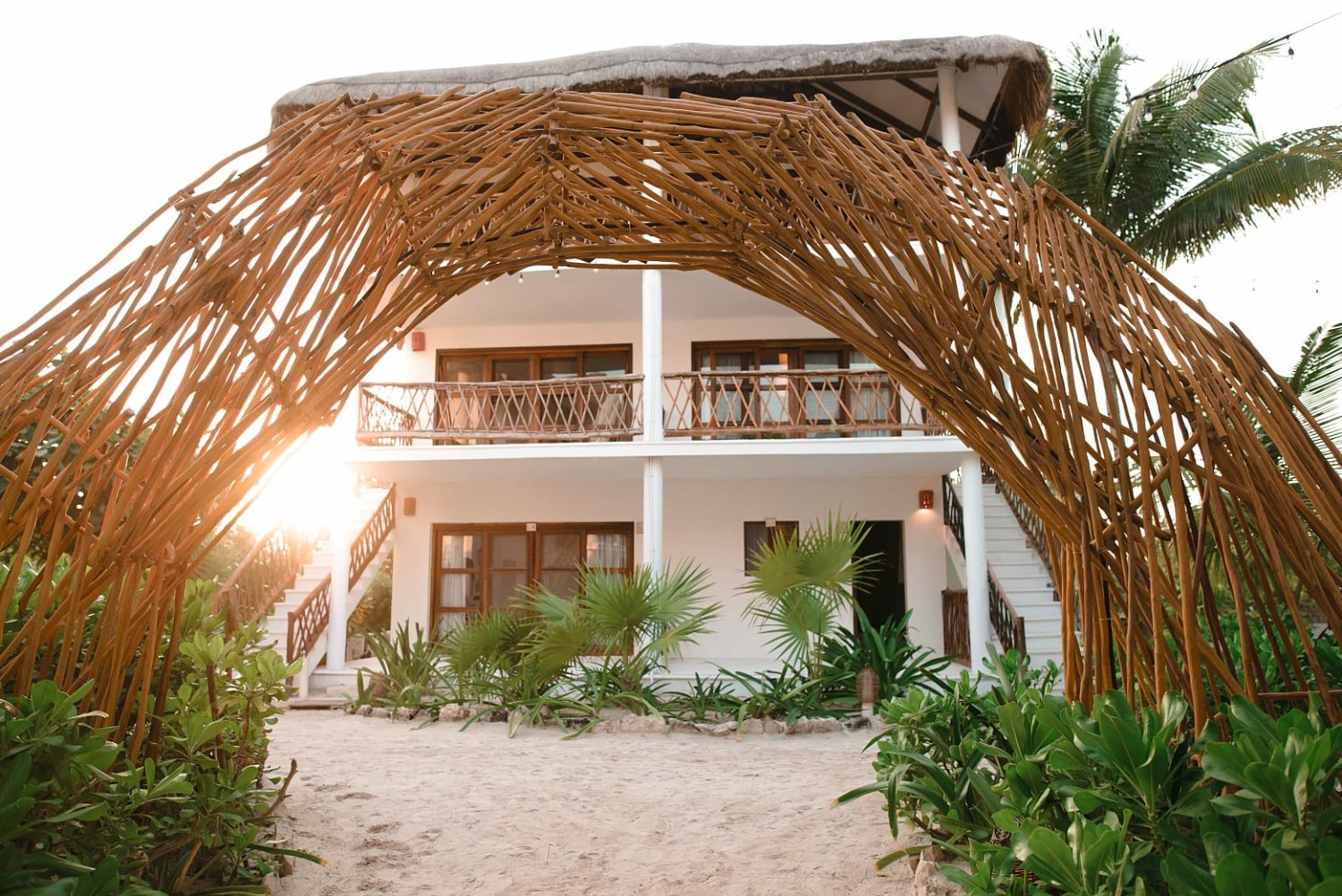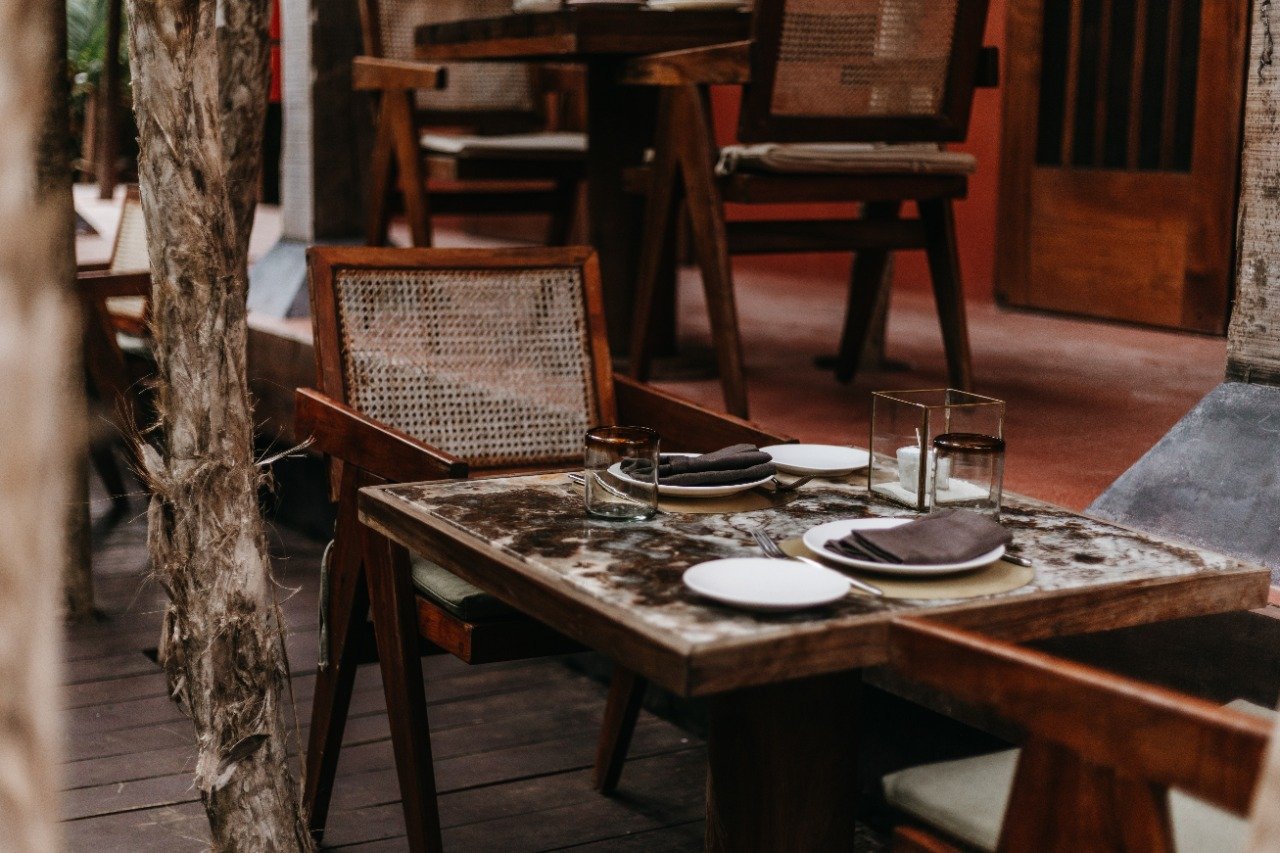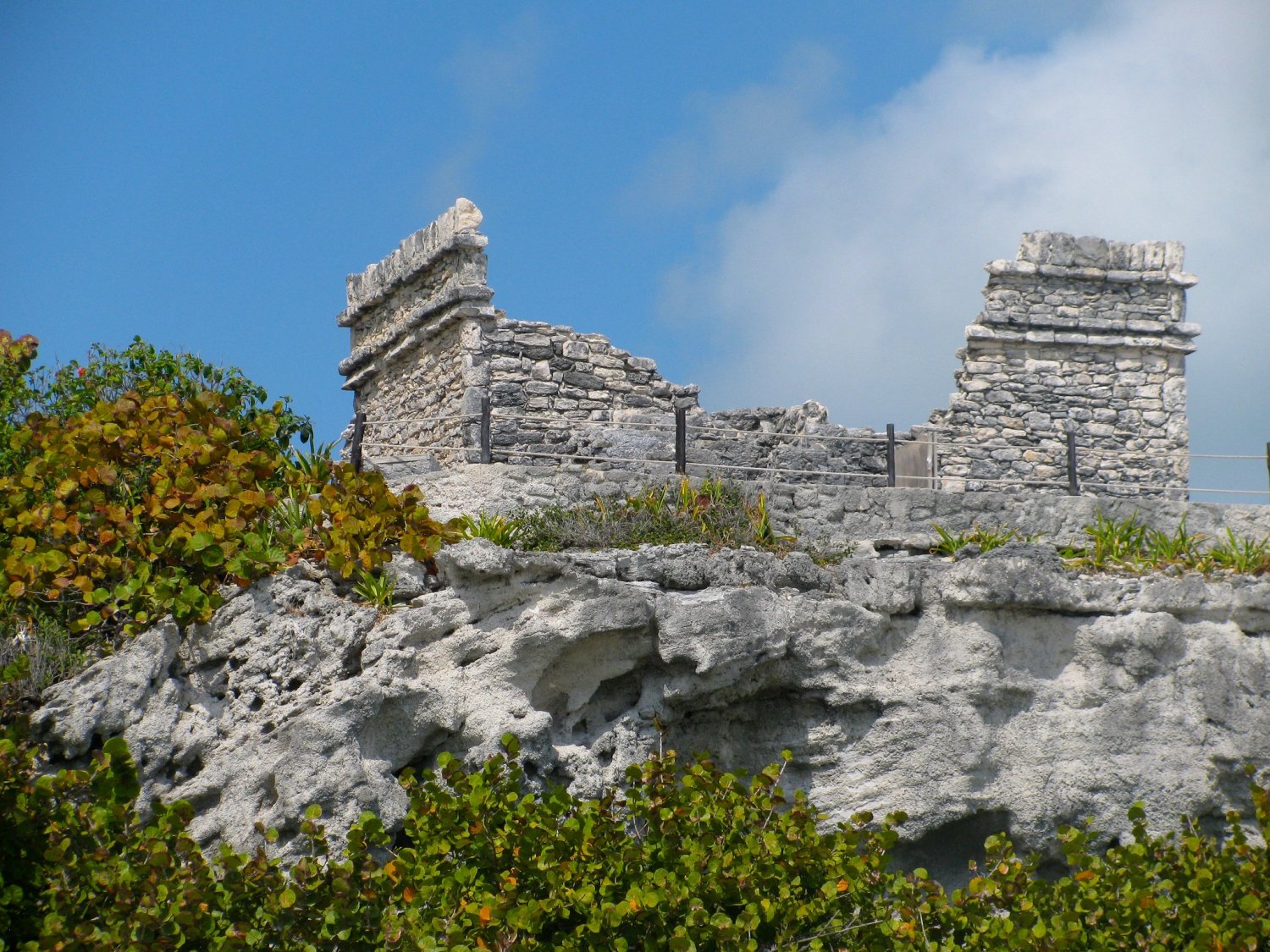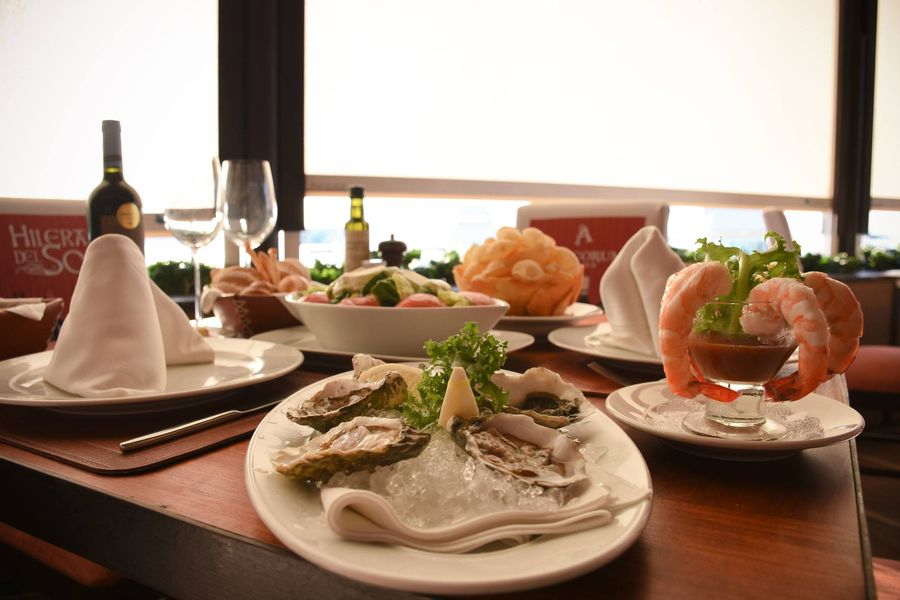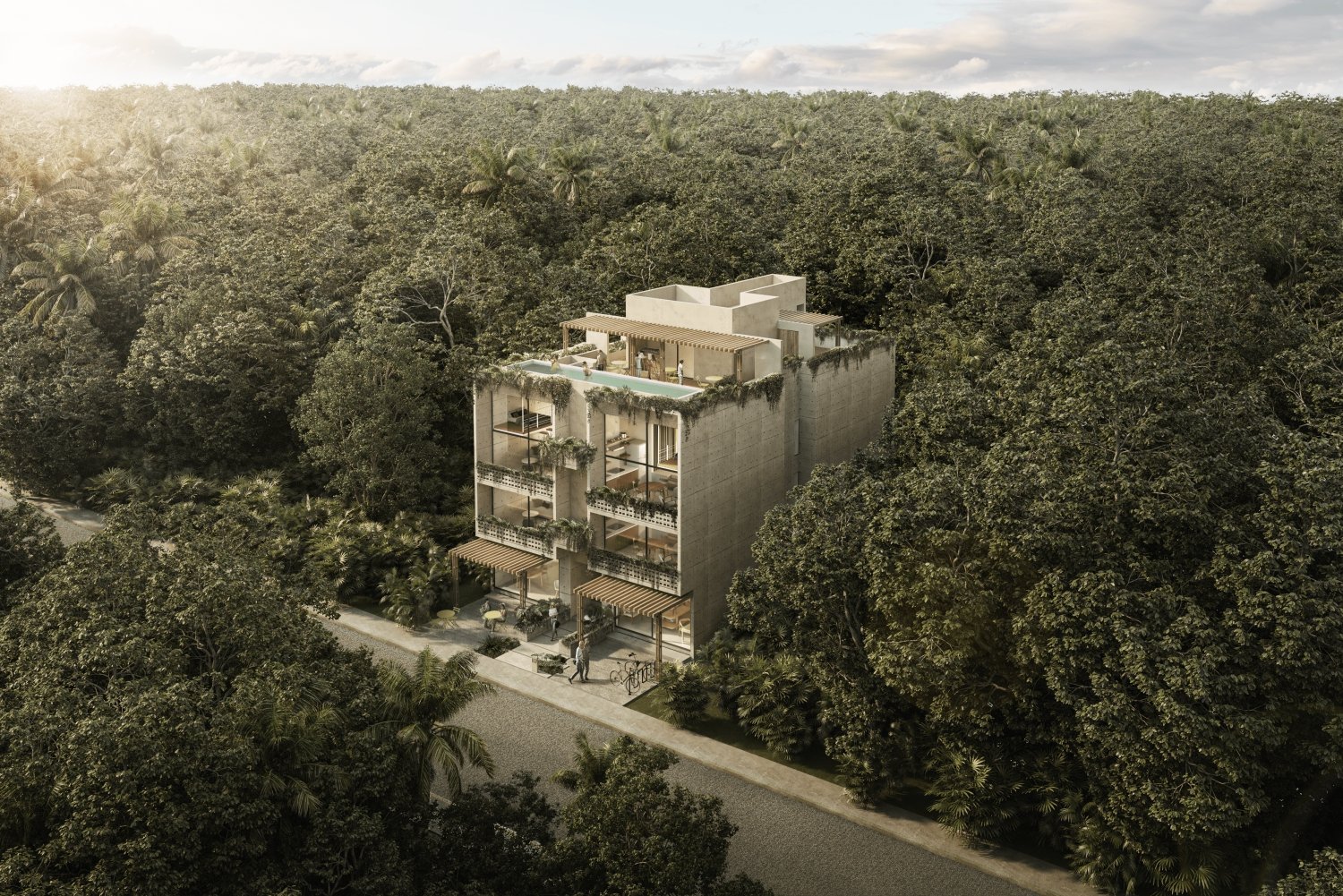Sonora
Find breathtaking palm-tree beaches, azure coasts, cactus-dotted plains, Spanish colonial towns, and native history.
Sonora gives the best of all the known ground. Find breathtaking palm-tree beaches, azure coasts, cactus-dotted plains, Spanish colonial towns, and native history.
It is a state in northwestern Mexico. Bounded by the United States (Arizona and New Mexico) to the north, by the states of Chihuahua to the east, and Sinaloa to the south, and by the state of Baja California and the Gulf of California (Cortéz Sea) to the west. Hermosillo is the capital of the province.
Explored by the Spaniards in the 1530s, Sonora became an important colonial copper, gold, and silver mining area. It became a state in 1830 but lost part of its northern territory to the United States in the Gadsden Purchase of 1853. U.S. filibusterers brought more instability in the decades to come, and the Yaqui Indian people struggled until the 20th century to maintain their independence. During the Mexican Revolution, Sonora produced national leaders such as Adolfo de la Huerta, Alvaro Obregón, and Plutarco Elías Calles.
The natural geography of Sonora is divided into three parts: The Sierra Madre Occidental in the east of the state; the plains and rolling hills in the center; and the coast of the Gulf of California. It is mostly arid or semi-arid deserts and grasslands, with only the higher elevations receiving adequate moisture to sustain other forms of vegetation.
Several ecological reserves are found in Sonora, like the volcano and desert areas of El Pinacate and Gran Desierto de Altar Biosphere Reserve in the northwest and the Bay and Islands of San Jorge, a bird and fish sanctuary in the Gulf of California.
The San Jorge zone is part of a wider area of islands and coastal areas across the gulf that was jointly declared a UNESCO World Heritage Site in 2005. Hermosillo has a museum devoted to the history of Sonora and a State Historical Museum.
Sonora has an annual high temperature of 31 ° C a day and is one of the warmest areas in Mexico. It is mild to hot for most months of the year at temperatures consistently above 25°C, often up to 39°C.
Business and leisure visitors to the state mostly come from Mexico (over 60 per cent), with the majority of international visitors coming from the United States, especially the states of Arizona, California, and New Mexico. Nogales, Hermosillo, Guaymas and Puerto Peñasco are the four most popular tourist and business destinations in the province. Most leisure travelers enjoy their beach destinations; San Carlos, Puerto Peñasco, Bahía Kino, and the Santa Clara Gulf in San Luis Río Colorado.
Literature, including poems, fiction, plays, and essays, are the most prolific arts of the state. To foster the creativity of the State, the State Government is funding a variety of literary contests, the most prestigious of which is the Libro de Sonora. It also funds grants to colleges and other organizations.
Important contemporary authors from the state include poet and playwright Abrigael Bohórquez, author Gerardo Cornejo Murrieta, writer and artist Armando Zamora, writer and literary critic Ignacio Mondaca Romero, narrator César Gándara, essayist and journalist Eve Gil, short story writer and novelist Sylvia Aguilar Zéleny and poet and novelist Iván Figueroa.
The major indigenous dances include the Deer Dance, the Pascola, and the Matachines, which is mostly performed in Huatabampo.
The most common musical styles in the region are Norteño ("northern"), which includes Banda.Norteño music evolved from the late 19th to the beginning of the 20th century, along the borderlands of northern Mexico and southwestern United States, with the influence of valtz, polka, mazurka, and corridos.
It's gastronomy, like other parts of Mexico. It is basically a mixture of indigenous and Spanish influence. Tortillas are the basis of the diet, although they are made from wheat rather than maize. Two important staples of the diet are fish and beef, which play a greater role in Sonora's cuisine than in the rest of Mexico. The kitchen includes a variety of soups and stews that mix local ingredients with Mexican beef, pork, and corn staples. Seafood soups are popular all along the coast.



